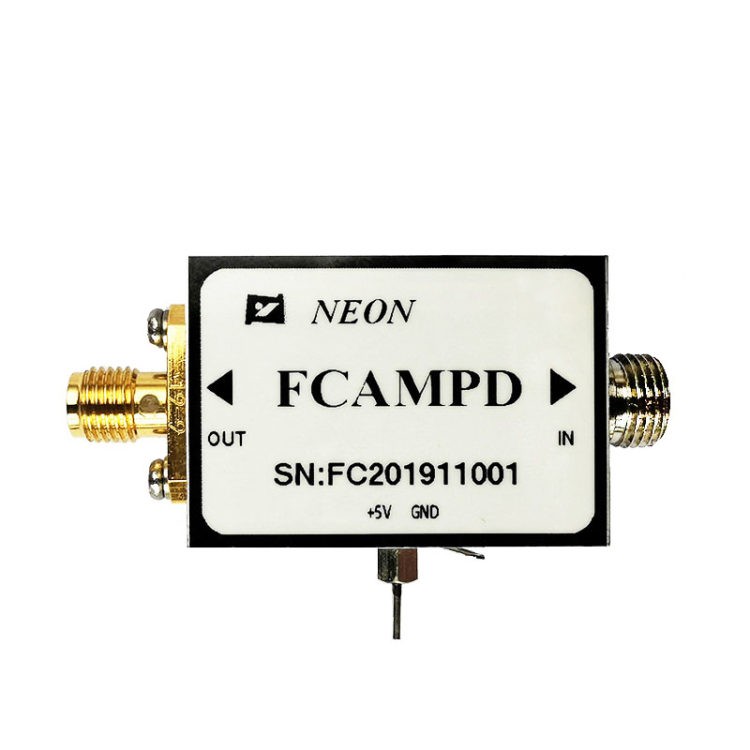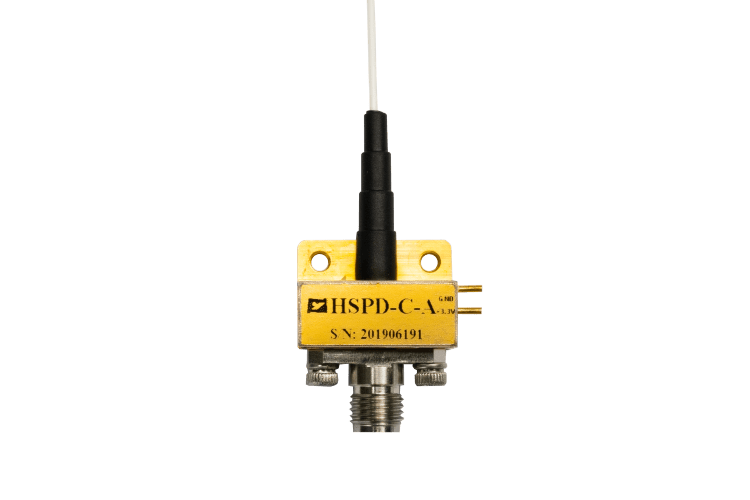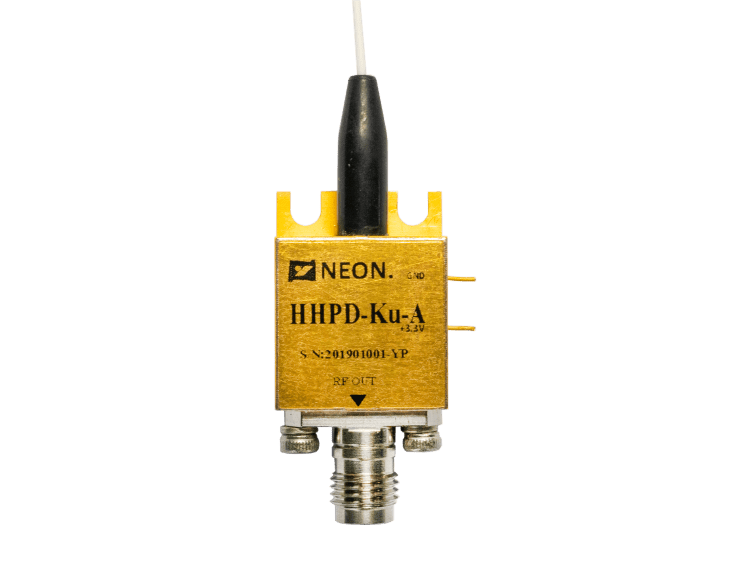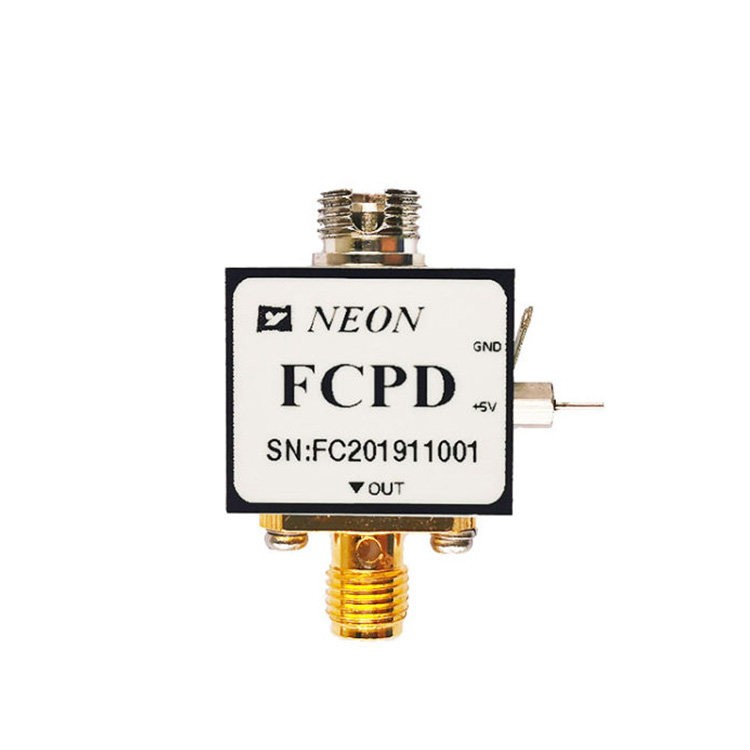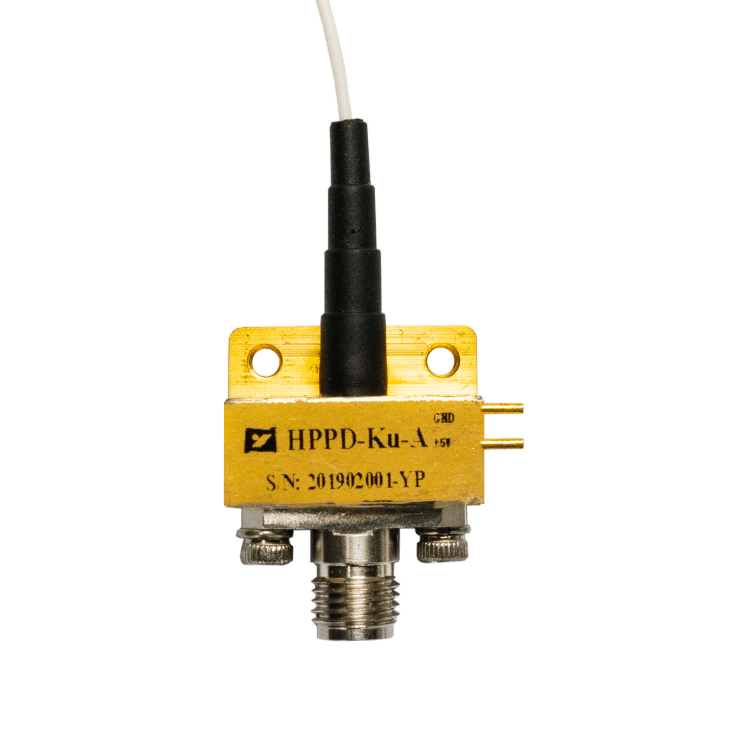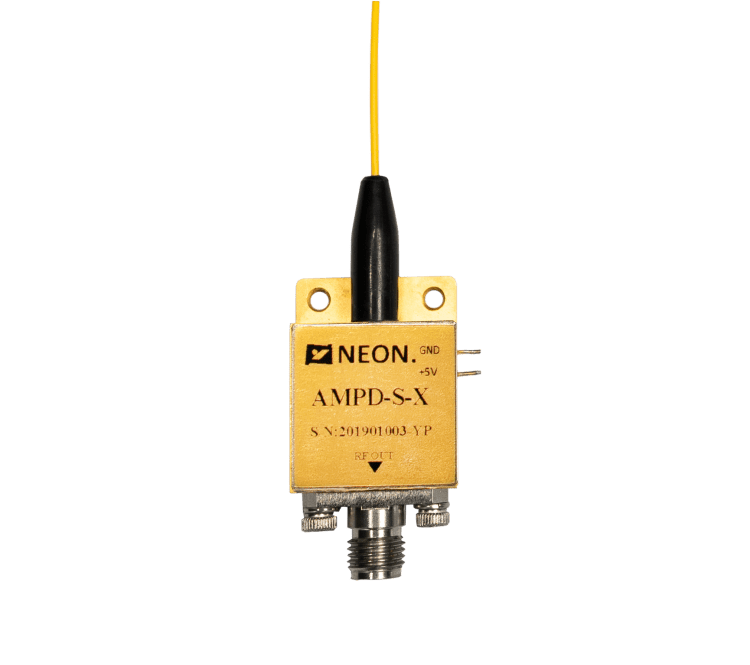The Role of InGaAs Photodiode in Monitoring California Wildfires
In recent years, California has faced an escalating number of devastating wildfires, wreaking havoc on communities, ecosystems, and wildlife. The intense heat, unpredictable wind patterns, and prolonged dry conditions have made wildfire detection, monitoring, and prevention increasingly complex. However, advancements in technology, particularly in the field of photodetectors, are offering innovative solutions to enhance wildfire detection systems. Among these innovations, Indium Gallium Arsenide (InGaAs) photodiodes, including the InGaAs photodiode array, InGaAs PIN photodiode, and InGaAs photodetector, are playing a significant role. These devices are integral components in remote sensing systems, early warning technologies, and monitoring tools that can detect wildfires at their earliest stages, potentially saving lives and reducing the damage caused by these natural disasters.
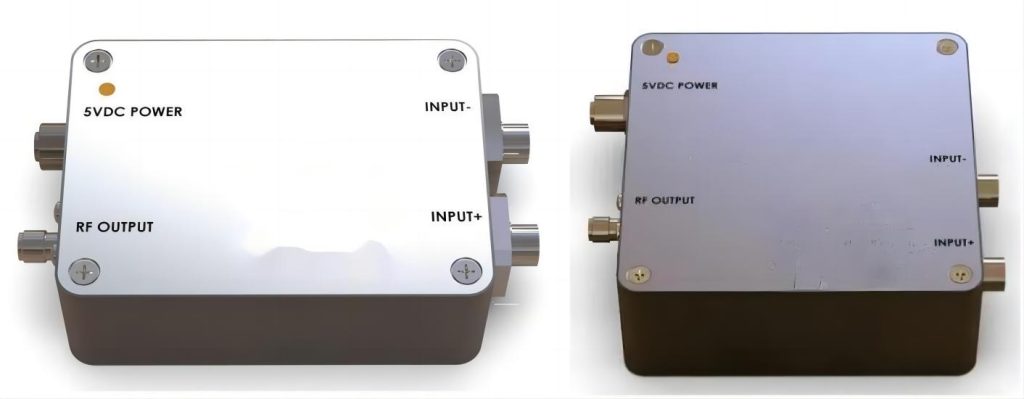
Understanding InGaAs Photodiodes and Their Importance
To understand the critical role of InGaAs photodiodes in wildfire detection, it’s essential to break down how these components work and why they are so useful. Photodiodes are semiconductor devices that convert light into an electrical current and are widely used in various fields, such as imaging, fiber optics, and light detection and ranging (LiDAR) systems. However, InGaAs (Indium Gallium Arsenide) photodiodes, in particular, stand out due to their unique characteristics. Here’s a breakdown of the key components and their relevance in wildfire detection:
1. General Function of Photodiodes
Basic Operation: Photodiodes are designed to absorb light and convert it into an electrical current. This makes them effective at detecting light in various wavelengths.
Applications: Photodiodes are used in a variety of applications, including imaging devices, fiber optic communication systems, and LiDAR sensors.
2. InGaAs Photodiodes and Their Unique Sensitivity
Infrared Sensitivity: The InGaAs photodiode is a special variant of the standard photodiode. It is particularly sensitive to infrared (IR) light, which is crucial for applications like wildfire detection.
Low-light and Obscured Detection: In wildfire scenarios, detecting heat signatures through smoke or darkness is essential. InGaAs photodiodes excel in these environments, where visible light may be obstructed but infrared radiation from fires can still be detected.
3. InGaAs Photodiode Arrays
Configuration: An InGaAs photodiode array consists of multiple individual photodiodes arranged on a single substrate. This allows for simultaneous detection across a wide area, enhancing spatial resolution.
Application in Wildfire Detection: In wildfire detection, photodiode arrays are invaluable for mapping heat signatures over vast regions, including remote areas where wildfires might initially go unnoticed. These arrays can scan large swaths of land, identifying potential fire hotspots early on.
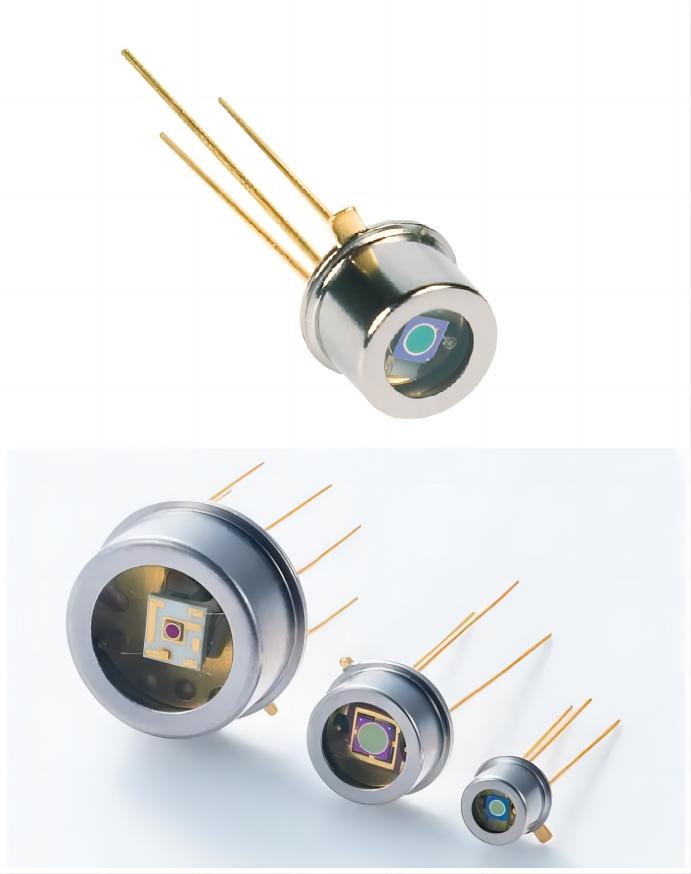
4. InGaAs PIN Photodiodes
PIN Structure: The InGaAs PIN photodiode uses a Positive-Intrinsic-Negative (PIN) structure, which enhances the diode’s speed and sensitivity.
Real-Time Detection: This structure allows InGaAs PIN photodiodes to detect heat signatures from wildfires rapidly and with high sensitivity. In the context of wildfire monitoring, this means that the early heat signatures of a fire can be detected before visible flames appear, offering early warning capabilities.
High-Speed and High-Sensitivity: These photodiodes can detect minute changes in infrared radiation, which is essential for real-time monitoring systems that require fast and accurate responses.
5. General Characteristics of InGaAs Photodetectors
Broad Wavelength Detection: InGaAs photodetectors can detect a broad range of infrared wavelengths, making them highly versatile for different sensing tasks, including heat detection from fires.
Deployment Versatility: InGaAs photodetectors are used in various forms, such as standalone sensors or integrated into larger systems. These systems can include satellite-based imaging, UAV thermal cameras, or ground-based monitoring stations.
Early Detection and Response: These detectors are essential for quickly pinpointing temperature variations, allowing first responders to act swiftly, often in critical time frames where every second counts. The ability to detect even small temperature changes can help prevent a wildfire from escalating before it’s noticed by the human eye.
In summary, InGaAs photodiodes, whether in the form of arrays, PIN photodiodes, or other types of photodetectors, offer a powerful tool for wildfire detection. Their infrared sensitivity, speed, and versatility make them indispensable in identifying heat signatures from fires, often before they become visible. As a result, these photodiodes help to save lives and reduce property damage by enabling faster responses to wildfires, even in remote or hard-to-reach areas.

The Role of InGaAs Photodiodes in Wildfire Detection Systems
Wildfire detection has traditionally relied on optical and thermal imaging systems, such as infrared cameras and satellite-based sensors. While these technologies have been valuable, they often face limitations when detecting fires in their early stages or in areas obstructed by smoke, fog, or dense vegetation. In these situations, InGaAs photodiodes and their associated technologies play a crucial role in improving detection capabilities. Below are the key roles and advantages that InGaAs photodiodes provide in wildfire detection systems:
1. Detection of Long-Wavelength Infrared Radiation
- Infrared Sensitivity: InGaAs photodiodes excel at detecting long-wavelength infrared radiation, which is emitted by fires, especially in their early stages.
- Through Smoke and Obstruction: Unlike traditional optical sensors, InGaAs photodiodes can detect infrared radiation even through smoke, fog, or dense vegetation, allowing for the early identification of wildfires.
- Critical Early Detection: This ability enables fire teams to respond promptly, often before visible flames or smoke are apparent, preventing fires from becoming unmanageable.
2. Aerial and Satellite-Based Monitoring
- Wide-Area Coverage: InGaAs-based photodiode arrays are particularly useful for aerial and satellite-based wildfire detection systems. Satellites equipped with InGaAs photodiodes can scan large areas continuously, identifying subtle thermal signatures from wildfires.
- Remote and Hard-to-Reach Areas: The sensitivity of InGaAs photodiodes allows for comprehensive monitoring of wildfire hotspots, even in remote regions that may be difficult for ground teams to access.
- Application in California and Other Prone Regions: This is particularly important in California, where certain wildfire-prone areas may be under-monitored by traditional surveillance systems. InGaAs technology enhances coverage in these high-risk regions.
3. Real-Time Monitoring with InGaAs PIN Photodiodes
- High-Speed Response: The InGaAs PIN photodiode, a specific type of InGaAs photodiode, is particularly useful for real-time monitoring due to its ability to quickly respond to changes in infrared radiation.
- Immediate Fire Detection: These photodiodes can detect the heat signature of wildfires almost instantaneously. Integrated into UAVs (Unmanned Aerial Vehicles) or drones, they can quickly locate heat sources and send alerts to authorities within moments of detection.
- Efficient Resource Allocation: By enabling rapid response times, InGaAs PIN photodiodes help fire teams allocate resources more efficiently and take immediate action before a wildfire spreads out of control.

4. Ground-Based Monitoring Systems
- Strategic Sensor Deployment: InGaAs photodetectors can be strategically placed in areas known to be prone to wildfires. These ground-based sensors continuously monitor temperature changes and detect any anomalies that might indicate the presence of a fire.
- Centralized Monitoring and Alerts: The data collected by ground-based InGaAs sensors can be transmitted to a central monitoring system, alerting fire departments or local governments about potential fire risks.
- Localized and Real-Time Data: These systems provide real-time, localized information, which is essential for coordinating firefighting efforts and reducing response times, particularly in areas where fires might start unnoticed.
In summary, InGaAs photodiodes, including arrays and PIN photodiodes, play a critical role in enhancing wildfire detection systems. Their ability to detect infrared radiation through smoke and other obstructions, wide-area monitoring capabilities, real-time response, and integration into ground-based sensors make them indispensable in early fire detection, rapid response, and effective wildfire management. As wildfires become more frequent and intense, these technologies will continue to be essential tools in safeguarding communities and ecosystems.
The Future of InGaAs Photodiodes in Wildfire Prevention and Management
While the current applications of InGaAs photodiodes in wildfire detection are already promising, ongoing research and development are likely to expand their use even further. The incorporation of InGaAs photodiode arrays into advanced imaging systems could lead to more precise and higher-resolution wildfire maps. Furthermore, combining InGaAs technology with machine learning algorithms and artificial intelligence (AI) could significantly enhance the accuracy of fire predictions, helping to model fire behavior and forecast its spread more effectively.
The integration of InGaAs PIN photodiodes with other sensor technologies, such as environmental sensors measuring temperature, humidity, and wind speed, could lead to the creation of highly sophisticated, multi-sensory wildfire detection networks. These systems could provide comprehensive real-time data on wildfire risks, improving early-warning systems and enhancing preventative measures.
Furthermore, as the demand for energy-efficient solutions increases, InGaAs-based photodetectors may be optimized to reduce power consumption while maintaining high performance. This would make them even more suitable for deployment in remote or off-grid areas, where power supply can often be a challenge.
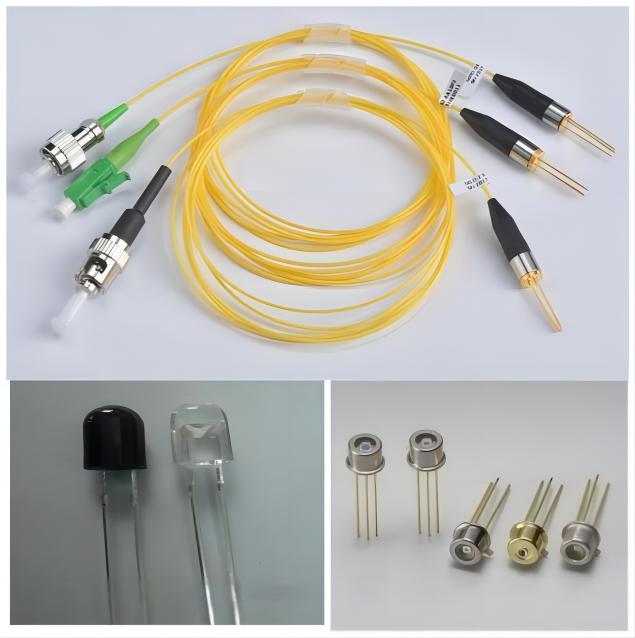
Conclusion
InGaAs photodiodes, particularly InGaAs photodiode arrays, InGaAs PIN photodiodes, and InGaAs photodetectors, represent cutting-edge technology with significant potential in enhancing wildfire detection and monitoring systems. Their sensitivity to infrared radiation, ability to detect early heat signatures, and application in remote sensing and real-time monitoring make them indispensable tools in the fight against wildfires. As wildfires continue to threaten communities, wildlife, and natural resources, these advanced technologies offer a promising solution for more efficient detection, rapid response, and ultimately, greater safety for people and the environment. As we look to the future, the role of InGaAs photodiodes in wildfire management is poised to become even more critical, helping to mitigate the devastating impact of these fires on California and beyond.


